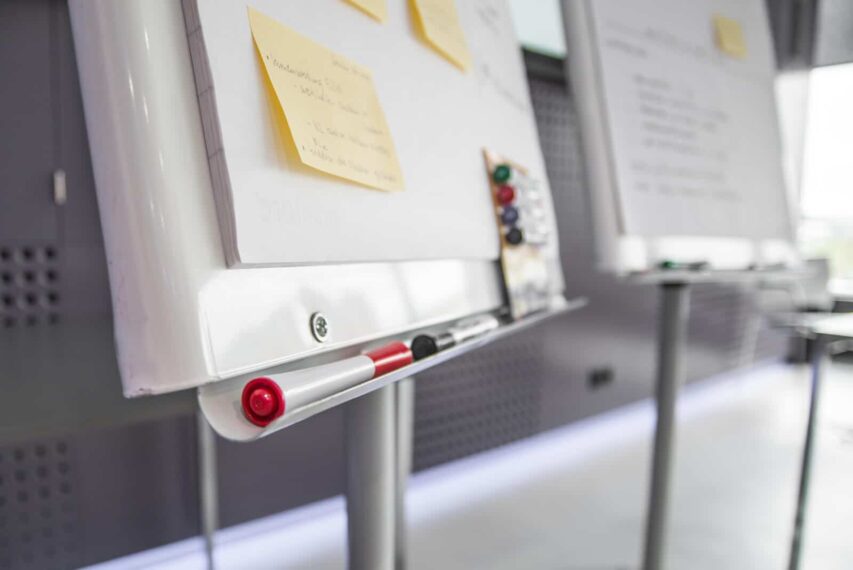Our performance evaluation system
A performance evaluation supports the alignment of organizational and employee goals.
Our primary goal is to know whether our teammate is on the right career path. It’s essential to put the right person in the proper role to allow them to grow. In the appropriate position, intrinsic motivation motivates staff to do their best. We provide avenues to reach individual career goals while fulfilling the company’s mission.
To have an objective evaluation process, we use a situational-behavioral evaluation, which means that the emphasis is placed on the behaviors manifested in different situations.
We measure both technical and soft skills. Soft skills are essential to improving team members’ ability to work with each other.
Our performance evaluation system has several steps, including self-evaluation and evaluation by the project manager/ team lead. The hiring manager is also involved in the discussions. We set expectations for all behavior to be very clear for everyone involved.
In addition to this kind of evaluation, we use a 360-degree review, where all colleagues are included. Having ratings from multiple people provides us with much more reliable information than just the opinion of a single person who can be biased. Combined with responsibility and honesty, they serve as a powerful impetus for change.

But to make the change occur, each of our teammates needs to be open to the feedback they receive. We consider every step extremely important, and all the results must be argued as clearly as possible and discussed.
To perform continuous performance management, as the last step, everyone set some objectives. They must be as straightforward as possible, anchored in a specific timeframe. They will be the starting point of the following evaluation and create a cycle.
Good performance management needs constant communication; we always encourage them to communicate if someone encounters problems until the subsequent evaluation. These processes help us a lot because we always know what problems our colleagues face. We know that no road is without obstacles, but they are much easier to cross this way.
With the help of the information obtained through evaluations, it is much more apparent to us what kind of internal training we need and what kind of people we are looking for in each team. It is an excellent guide for us to know what characteristics we need to look for in a person so they can easily integrate into the team.
Another advantage would be that it helps both individual performance and team performance. When the whole team works for the same goal, this is seen in the results. That’s why we consider the behaviors, in certain situations, to have an impact at the team level.
We want to show our respect for the whole team. How could we do this better than listening to them?


